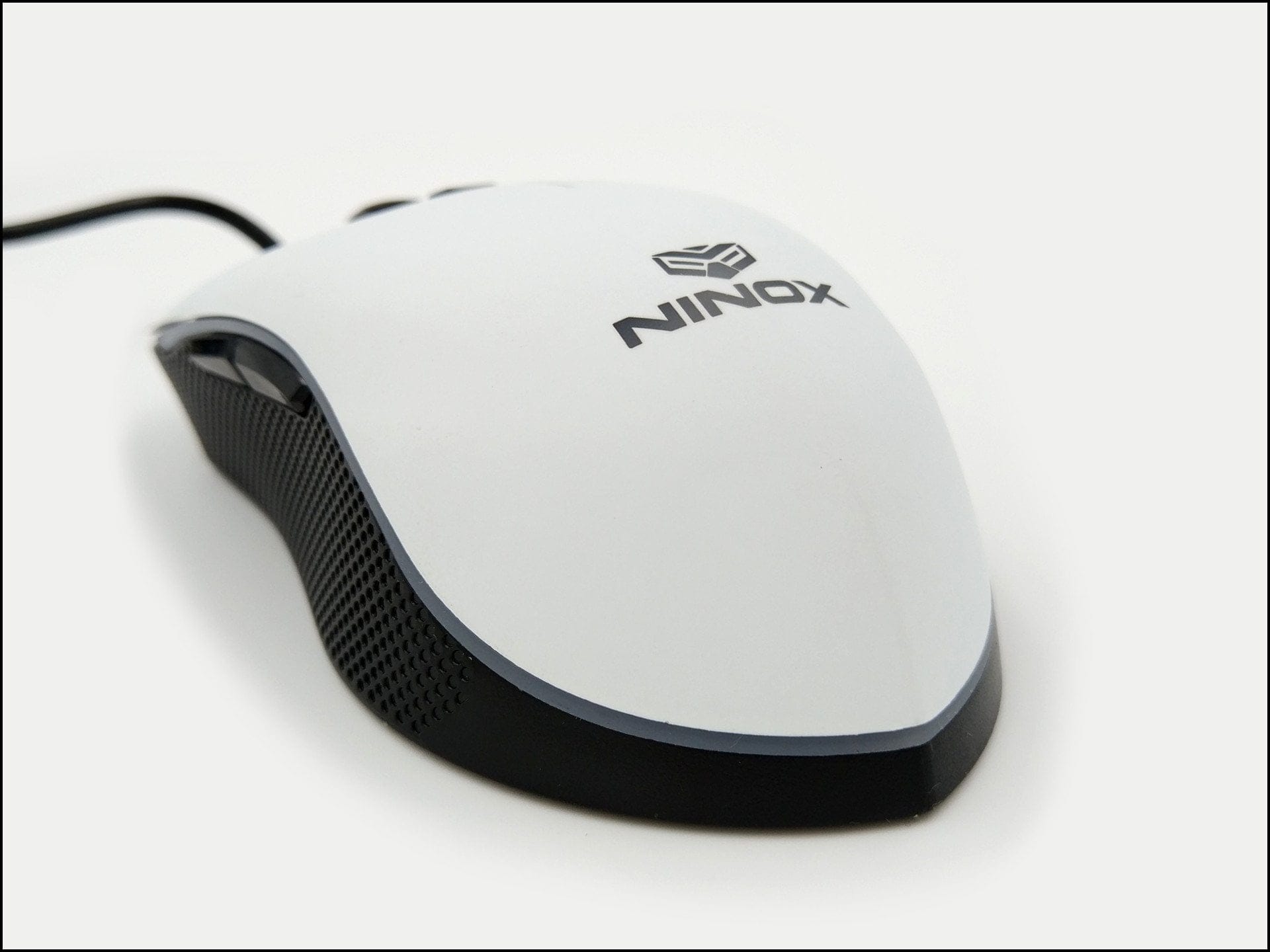

Since this is something that hasn’t been done before, I figured some technical details would be interesting to some, which is why I’ve asked one of the developers behind the XM1 to provide a rough explanation. One of the main selling points of the XM1 is its unique (and patented) analogue switch contact technology. As you can see no kinks can be observed, which means that no smoothing is present. In an xCount plot smoothing can be recognised by any ‘kinks’ being visible, which show up at framerate transition points. Let’s see how the 3389 in the XM1 fares in this test.įirst I’m doing a basic test in which I’m looking at a plot of the raw motion data, aggregated as xCount. According to specification the 3389 has no visible smoothing up to 1800 CPI and 32 frames of smoothing at and above 1900 CPI, which doubles twice at 6000 CPI and at 11300 CPI. The goal here is to have as little smoothing as possible. ‘Sensor smoothing’ describes an averaging of motion data across several capture frames in order to reduce jitter at higher CPI values, which increases motion delay. In this test I’m gauging whether the sensor performs how it’s supposed to.


Note that this variance will itself vary from unit to unit, although the general trend should persist. In short, actual CPI is consistently higher than nominal CPI, but only by a small margin. The default (out of the box) nominal CPI values are: 400/800/1600/3200. The factory has already been informed of my findings, so we may see this addressed in the future, provided that it’s not a one-off occurence.įor this test I’m checking whether the actual CPI values match the nominally stated CPI values. The noise may be inaudible entirely for those who are not susceptible to hearing high frequency noises in the first place. It can only be heard at certain angles and it’s not as loud as the high-pitch noise on the early batches of the EC-B series, but noticeable still. On my copy there is a faint high-pitch noise (‘coil whine’) audible when the sensor is having contact with a surface.

I’d say it’s roughly comparable to current Zowie coatings (slightly grippier and not as much of a dirt magnet though). The XM1 comes with a black matte coating, which provides decent grip while not attracting dirt too much. Actuating the scroll wheel requires an above average amount of force. The scroll wheel has very distinct and tactile steps while being very quiet to scroll in both directions. Side buttons have low pre- and moderate post-travel, with the forward button being the better one. This might be fixable by loosening the screw directly below the affected click, but I haven’t tried it so far. The right click has a hollow and subdued sound on my copy, however, which isn’t present on the left one. The main buttons have very low pre- and post-travel, giving them a nice and snappy, fairly light click. There is no rattle, no loose buttons, no creaking and no flexing.
#Ninox venator reddit full#
Although there is some palm support due to the hump being positioned towards the back, it’s too flat to provide full support.ĭespite being a very lightweight construction the XM1 has a sturdy and solid build. However, I reckon that it’s most suitable for claw and fingertip grip and least suited for palm grip. The feel in hand isn’t exactly the same as the Kana though, but quite close.Īs for grip styles, I’d say the XM1 should be suitable for all three grip styles as well as most hand sizes (it’s a medium size mouse). Since I’m a big fan of the Kana the XM1 is right up my alley shape wise. The uniquely curved sides along with the widened butt are strongly reminiscent of the Sensei and Kana. As you can tell from the comparison pictures, the XM1 is actually most similar to the Kana, with the greatest differences being a slightly more tapered butt, the hump being more towards the back and the XM1 being slightly shorter and wider. Hence it comes as no surprise that the shape of the XM1 is rather close to that of those three mice. The shape of the XM1 has been co-developed by CS 1.3/1.5/1.6 AWP legend Johnny R, who also had a hand in designing the Steelseries Sensei, Kana and Kinzu shapes. Comparison: Steelseries Kana at the top, Nixeus Revel at the bottom


 0 kommentar(er)
0 kommentar(er)
